Dragon Ball Baby Costume
The Best Dragon Ball Games of All Time
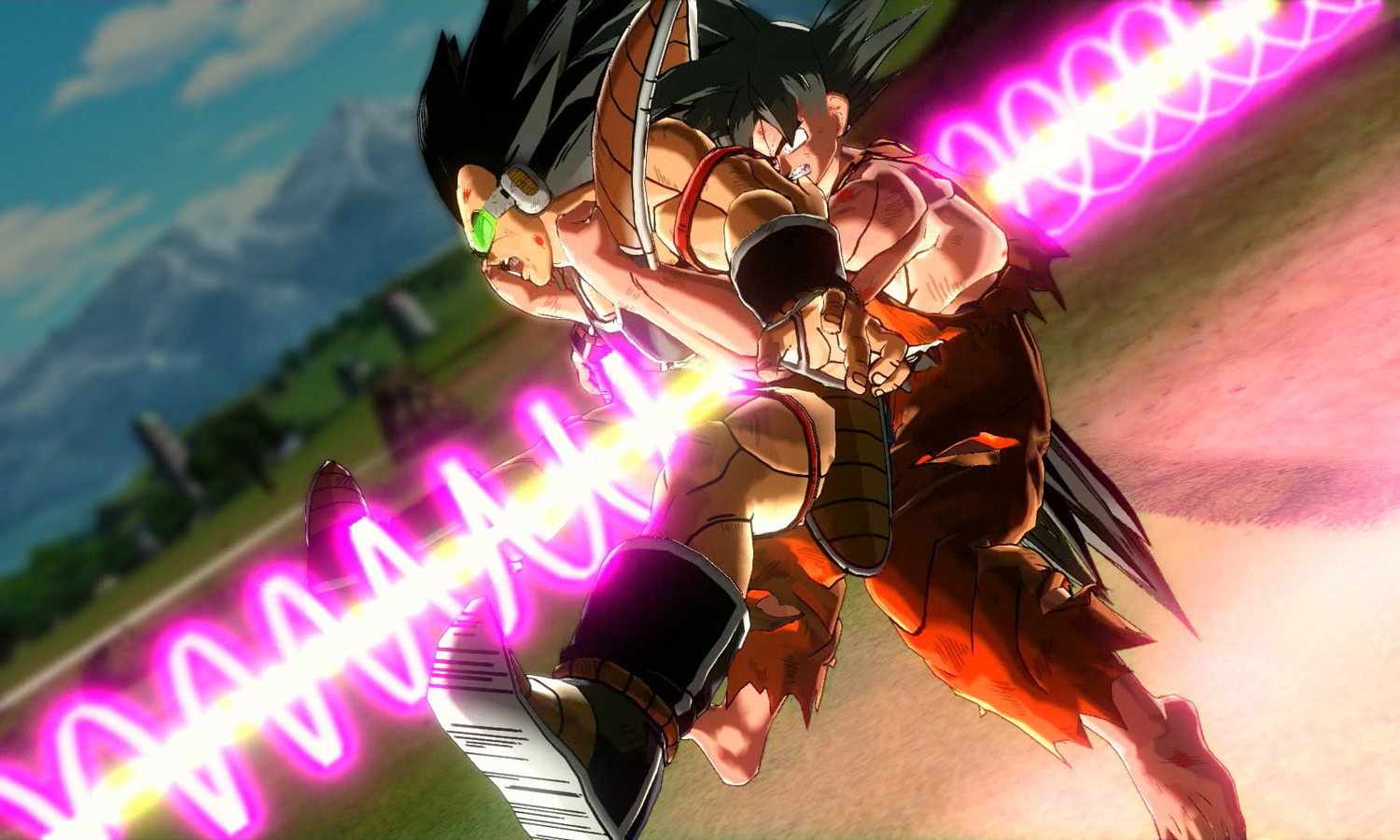
The Best Dragon Ball Games of All Time
Dragon Ball debuted as a manga series in 1984 and has been almost universally beloved ever since it first hit the shelves. For more than 30 years, Dragon Ball and its various spinoffs have delighted fans of fantasy adventure, martial arts action and buddy comedy — and those elements work just as well in the myriad Dragon Ball video games. From the Journey to the West-inspired adventures of young Goku to the climactic battle against Beerus, players can experience it all through fighting games, action/adventure titles, RPGs and more. Here are our favorites from Dragon Ball, Dragon Ball Z, Dragon Ball GT and beyond.
Credit: Bandai
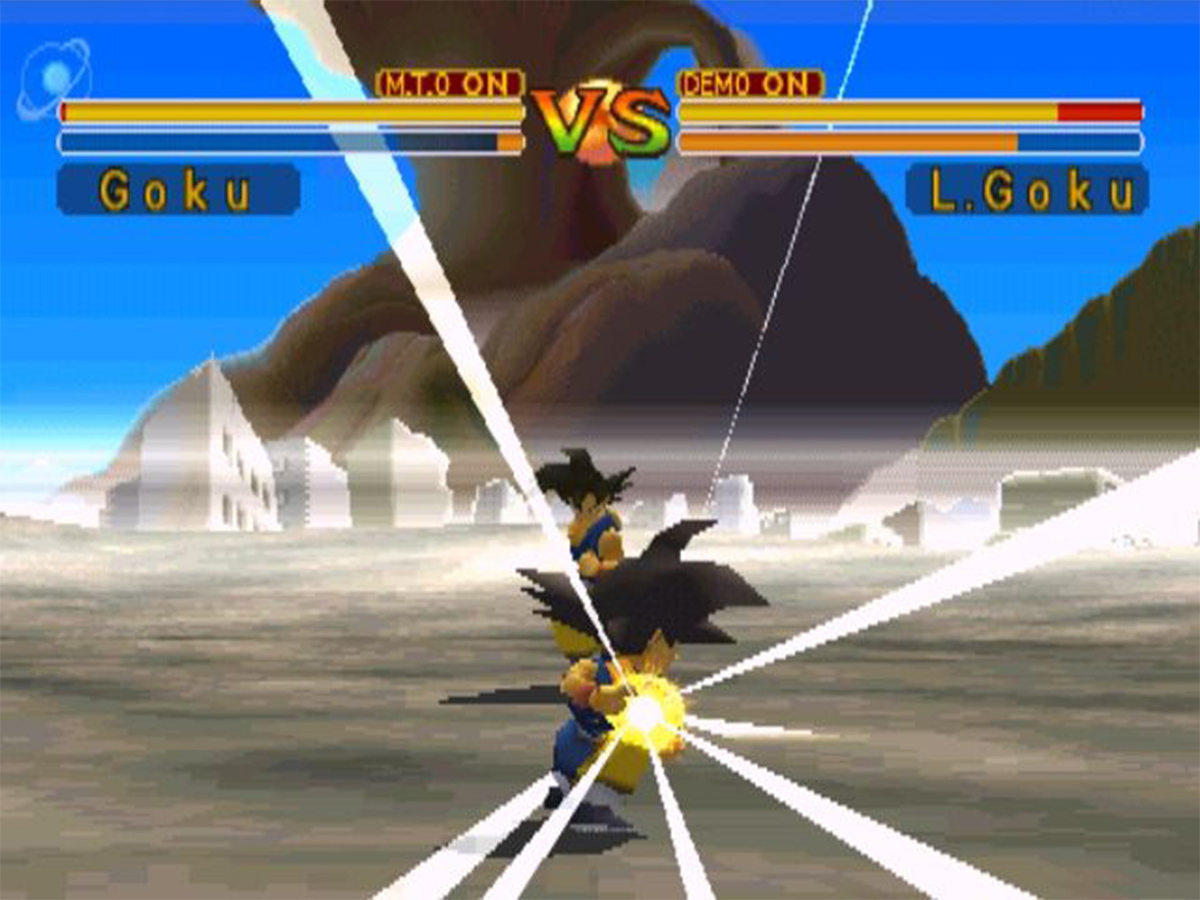
Dragon Ball GT: Final Bout (PS1; 1997)
Dragon Ball GT: Final Bout is perhaps not a fighting-game classic that will last throughout the ages, but it's probably the first time many fans in the Western Hemisphere got their hands on a Dragon Ball game. With 17 playable characters from both Dragon Ball Z and Dragon Ball GT, this game uses a combination of 2D and 3D perspectives to let characters like Goku, Vegeta and Cell square off with punches, kicks and energy blasts. The game used to command triple-digit prices (there were no other Dragon Ball games in the United States), but a reissue in 2004 made it accessible to all.
Credit: Bandai
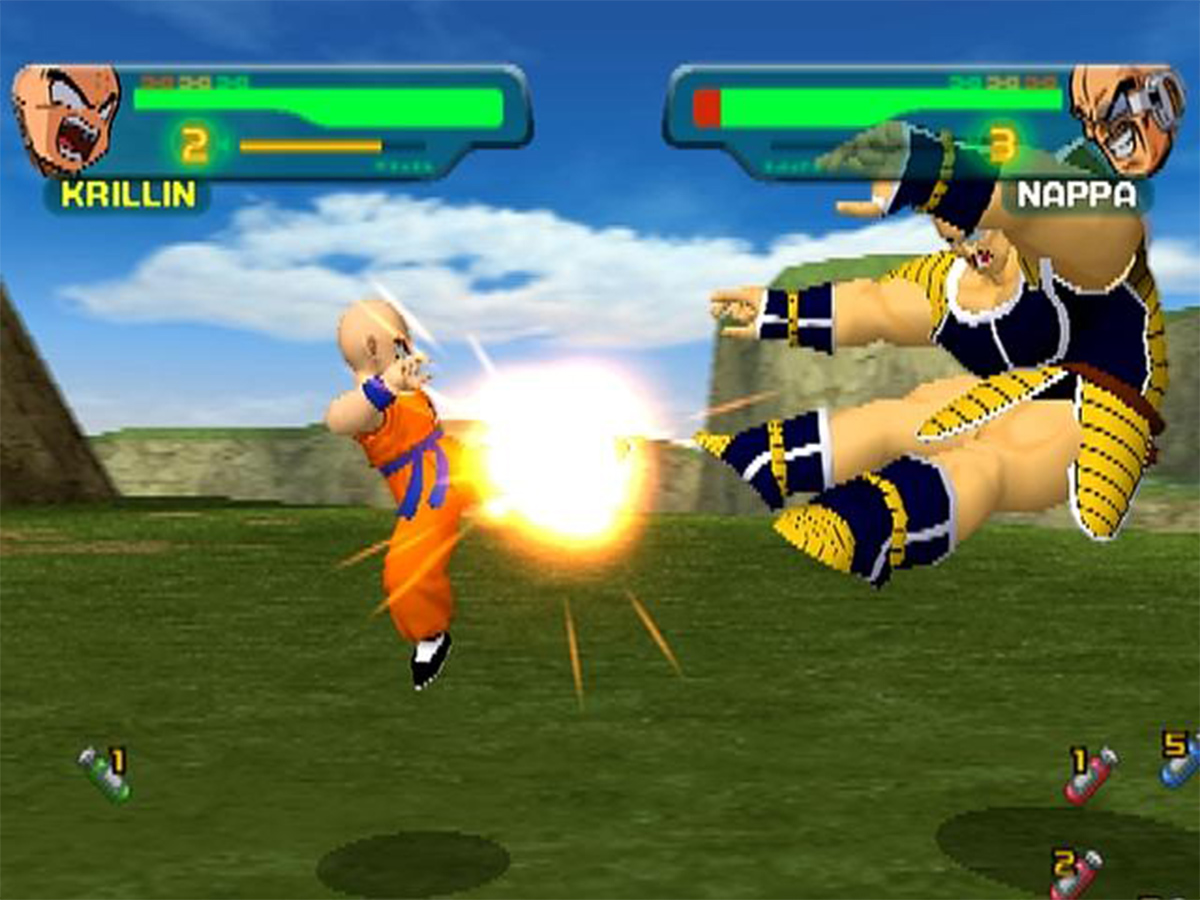
Dragon Ball Z: Budokai (PS2; 2002)
By today's standards, Dragon Ball Z: Budokai may feel a little slow and imprecise, but when it came out, it was very nearly a revelation. Budokai was one of the first games to take a deep dive into the DBZ mythos. Fans could choose from more than 20 playable characters and play through a lengthy story mode, which ran from the beginning of the show all the way through the Cell Saga. Though Budokai 3 earned more praise from critics and fans, do yourself a favor and start with the original. You'll see why we've gotten a new Dragon Ball title pretty much every year since.
Credit: Infogrames
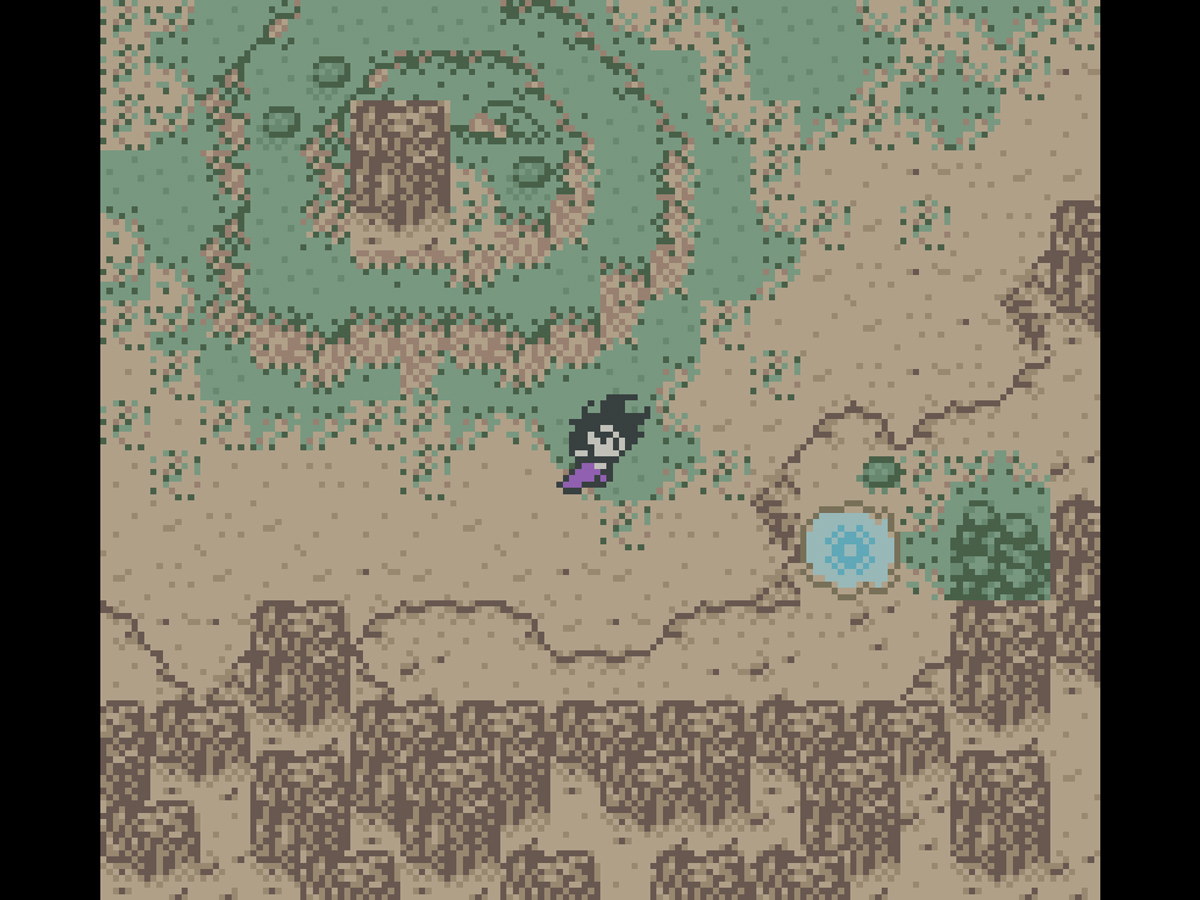
Dragon Ball Z: Legendary Super Warriors (GBC; 2002)
Here's one you probably don't remember. Dragon Ball Z: Legendary Super Warriors (yes, that's its real title) came out in the waning days of the Game Boy Color. The system wasn't quite powerful enough to support a high-velocity tournament fighter, so the developers did the next-best thing: They released a story-driven, turn-based card battler. While Legendary Super Warriors has a strange premise, the game commits to it fully and delivers something not only unexpected, but thoroughly entertaining. The strategic gameplay will keep you on your toes, and you'll get to play as almost 50 characters in total.
Credit: Infogrames
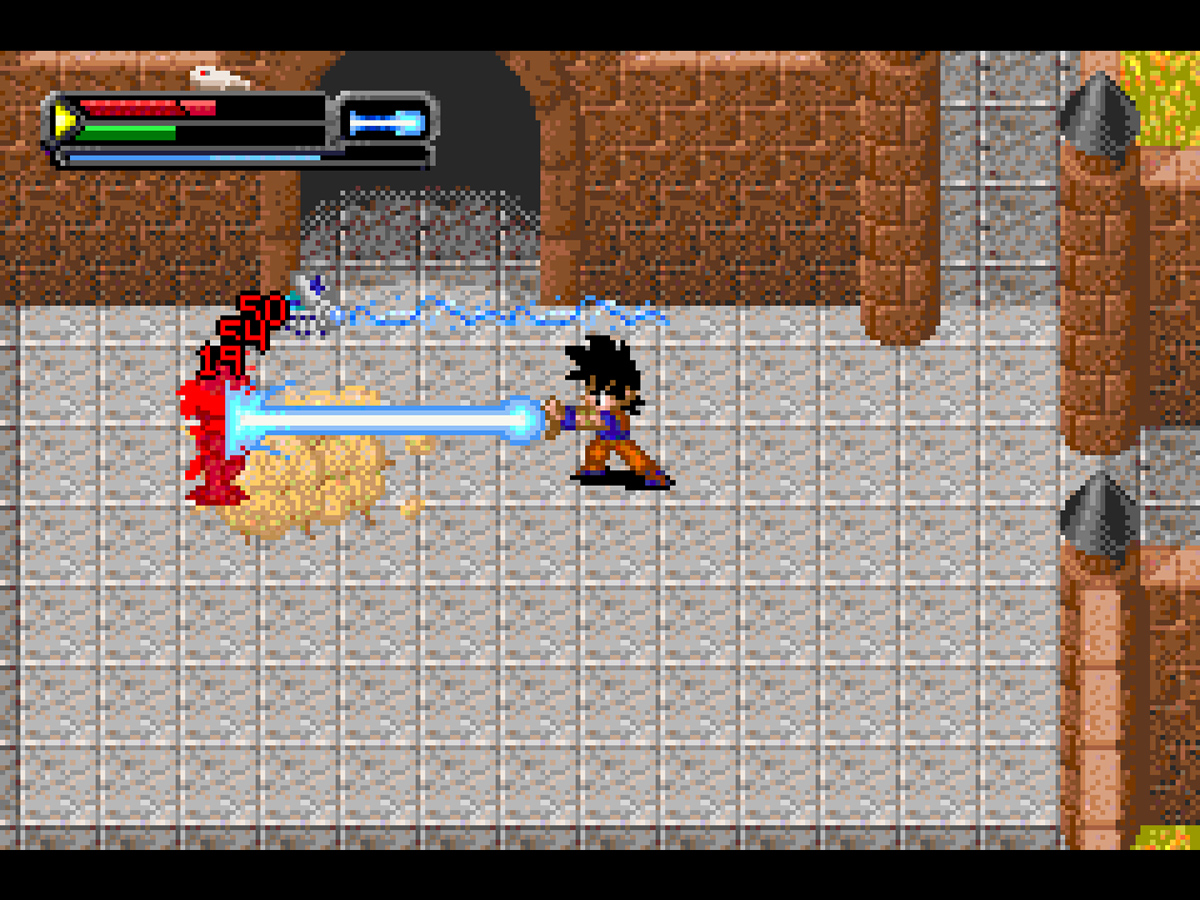
Dragon Ball Z: The Legacy of Goku II (GBA; 2003)
Dragon Ball Z: The Legacy of Goku was a disappointing execution of a great idea; The Legacy of Goku II was the same great idea, executed correctly. The Legacy of Goku II is an action/RPG that casts you as a variety of DBZ characters during the Android and Cell Sagas. Playing as fan-favorite characters such as Piccolo, Gohan and Future Trunks was a welcome departure from the game's Goku-only predecessor, and the much tighter gameplay made it feel satisfying to build up characters and learn new abilities. You can even undertake side quests to fight some fan-favorite villains who didn't show up in the TV series.
Credit: Atari
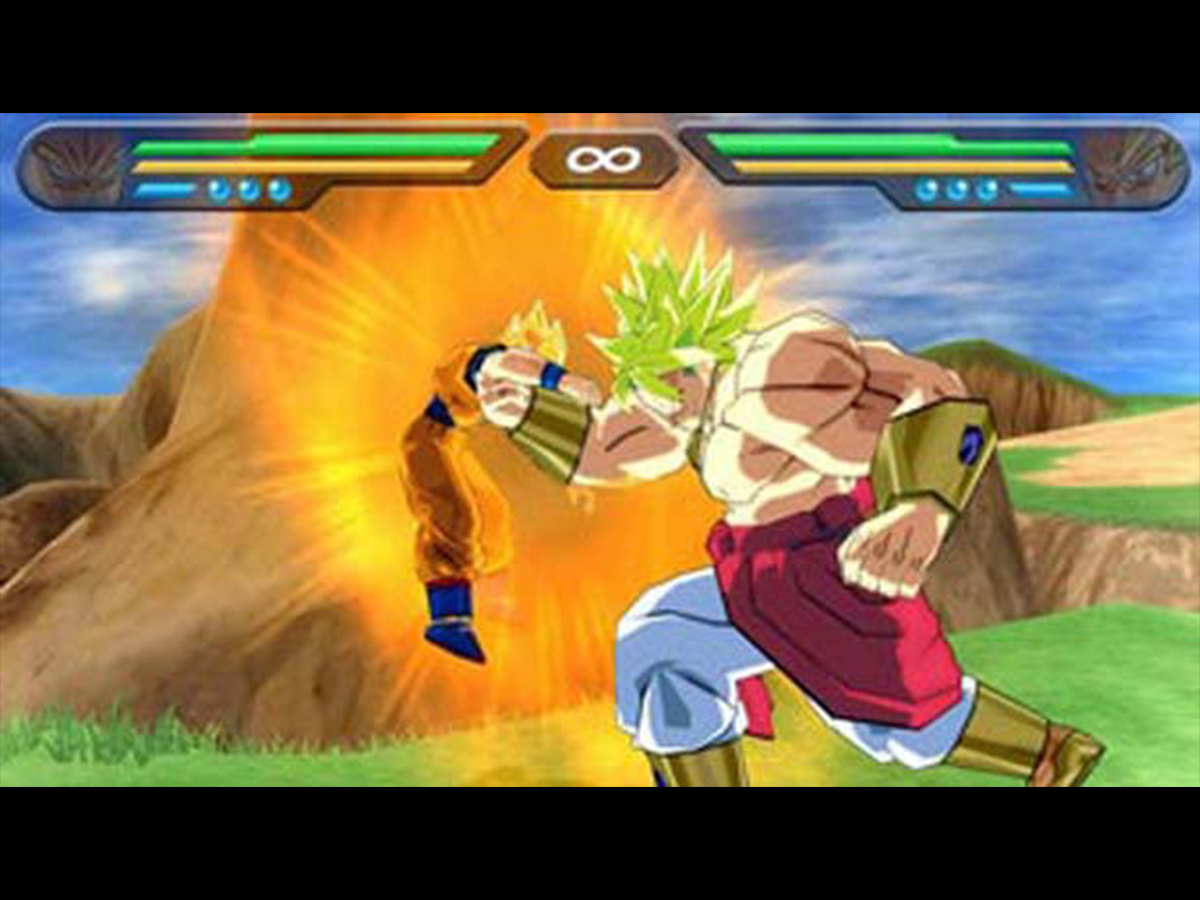
Dragon Ball Z: Budokai Tenkaichi (PS2; 2005)
As with the original Budokai games, fans of Dragon Ball Z: Budokai Tenkaichi love to argue over whether the first or third game in the series reigns supreme. Either way, it's not hard to see why the Budokai Tenkaichi franchise earned such esteem. Instead of a traditional fighting game, Budokai Tenkaichi uses an over-the-shoulder perspective, then lets you loose in a meaty story mode, where you can unlock almost 60 characters. With its fan-favorite battles and inventive "What if?" scenarios, Budokai Tenkaichi is an action-packed fighting game that's more about spectacle than competition. However, you can still face off against other players — if you're willing to live with a split screen.
Credit: Atari
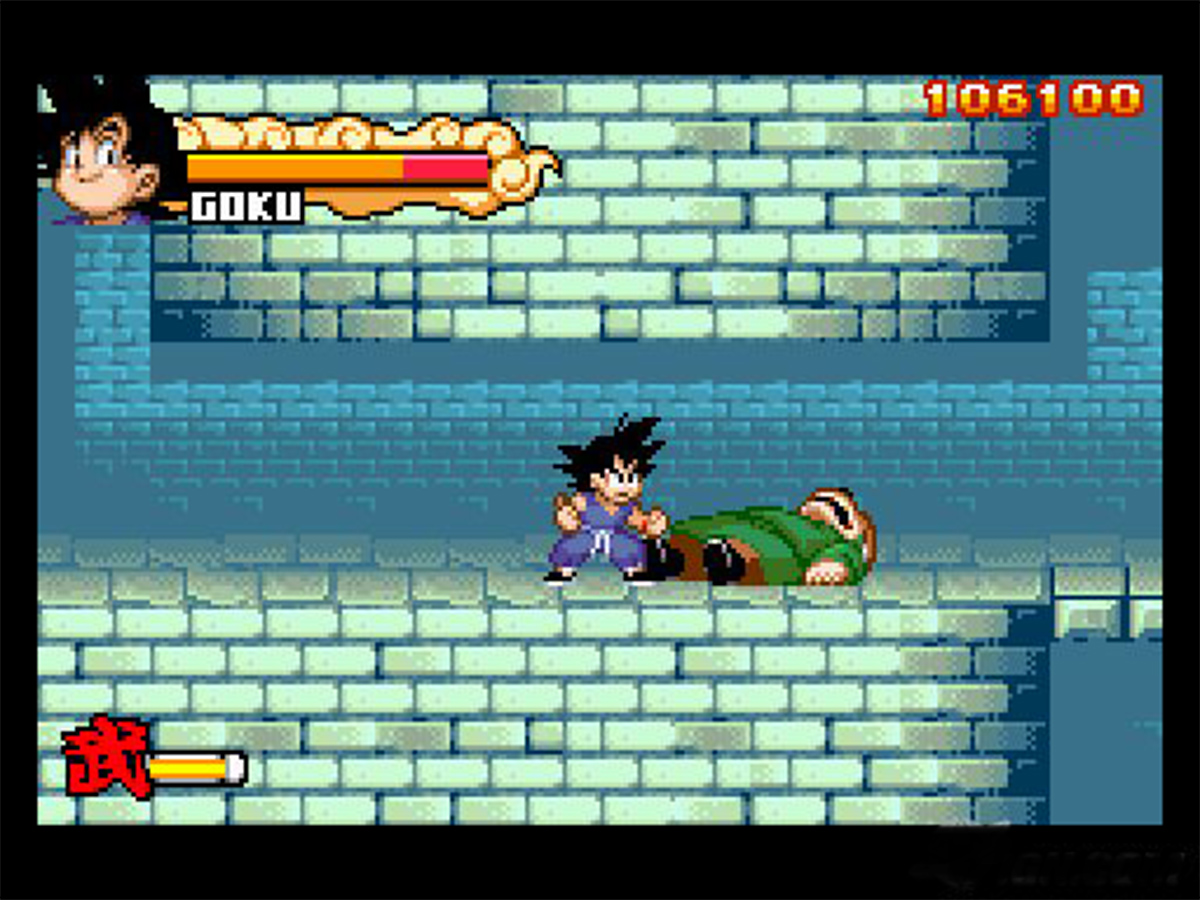
Dragon Ball: Advanced Adventure (GBA; 2006)
Dragon Ball: Advanced Adventure is '80s nostalgia on two fronts: It's about the original Dragon Ball cartoon, and it's a side-scrolling platformer. If you needed a game to bring you back to the days of watching cathode-ray tube TVs and renting short, colorful games from Blockbuster, look no further. The game's story mode casts you as young Goku, from his very first adventure to find the Dragon Balls, up to his climactic confrontation with King Piccolo. The graphics are vibrant and cheerful, and after you finish the breezy story mode, there are tons of extras to unlock, including almost 30 playable characters.
Credit: Atari
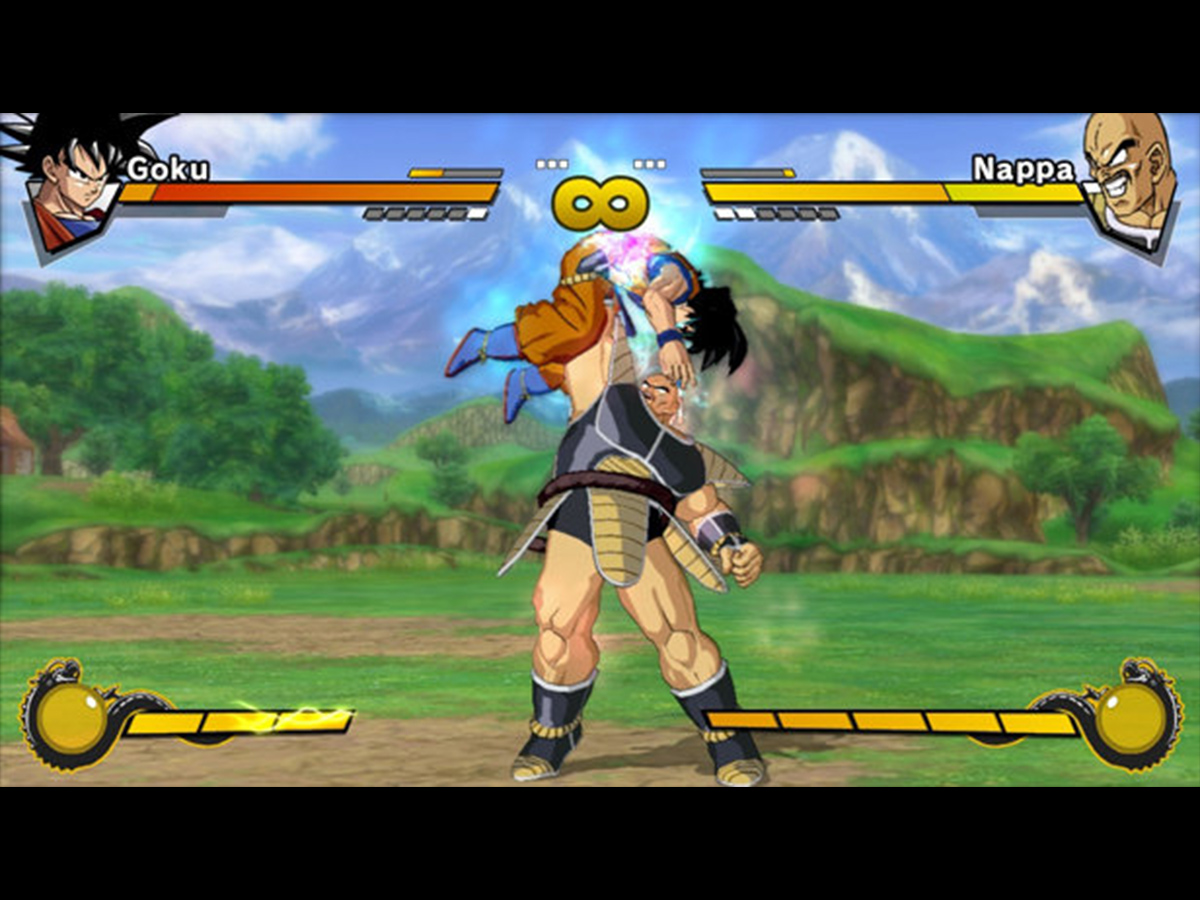
Dragon Ball Z: Burst Limit (PS3, Xbox 360; 2008)
Up until recently, Dragon Ball Z: Burst Limit was probably the closest the franchise has ever come to a tournament-ready fighting game. The game had all the usual trimmings: a detailed story campaign that covered everything up to the Cell Saga, 20-plus playable characters and homages to the show baked right into the gameplay, like smashing through mountains or calling in allies for dramatic one-liners. What really set it apart, though, was its tight, balanced gameplay that let every character feel very different while using the same set of controls for each one. You can even transform into a Super Saiyan — if your opponent gives you enough time.
Credit: Bandai
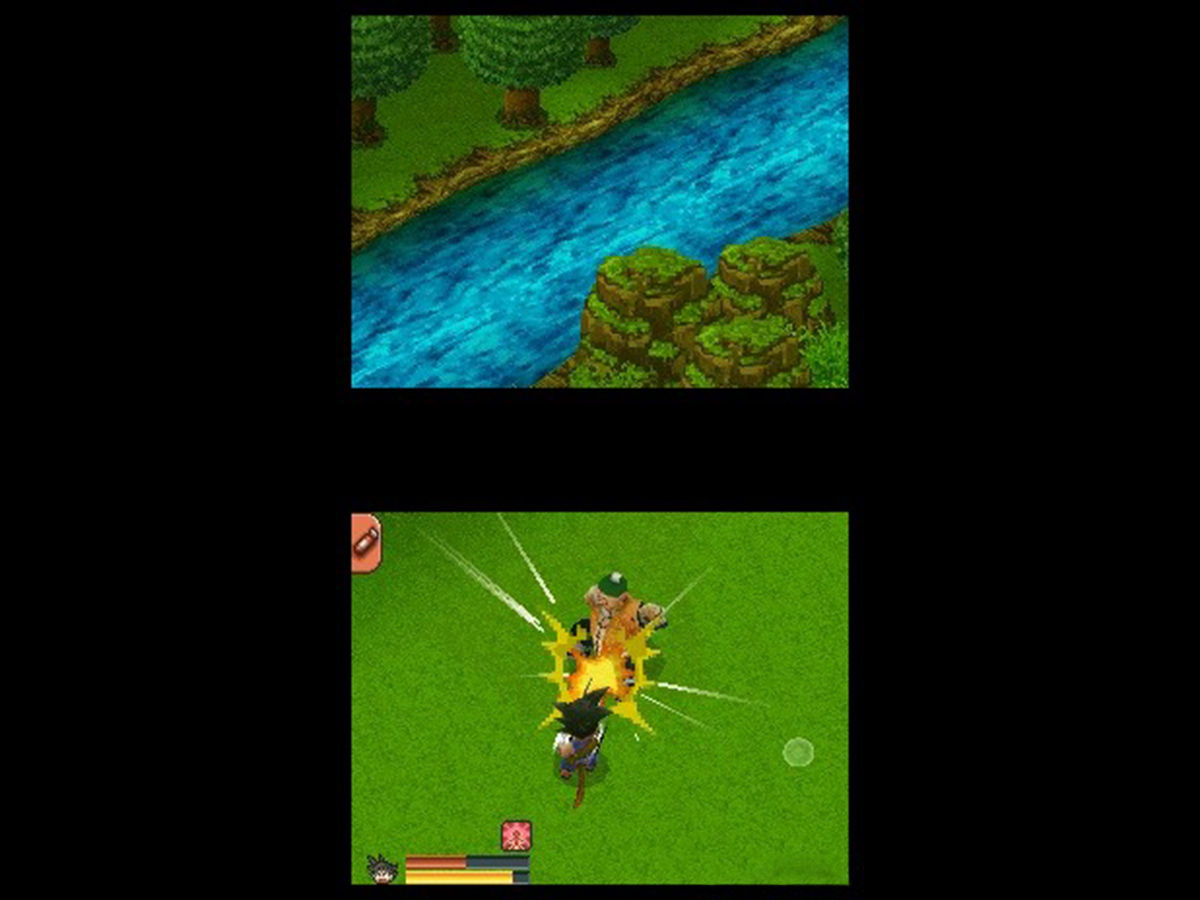
Dragon Ball: Origins (DS; 2008)
Say what you will about games based on the original Dragon Ball, but they seem to be good a lot more consistently than games based on Dragon Ball Z. Dragon Ball: Origins is an action/adventure title that covers the Pilaf and Tournament sagas, taking control of Goku and Bulma as they hunt down the Dragon Balls. The game's isometric perspective and colorful graphics look great, particularly for a DS title, and the gameplay is a compulsively playable mix of platforming, combat and the collection of optional goodies to exchange for upgrades. The sequel, Dragon Ball: Origins 2, is similarly fun, but not quite up to the original's high standards.
Credit: Atari
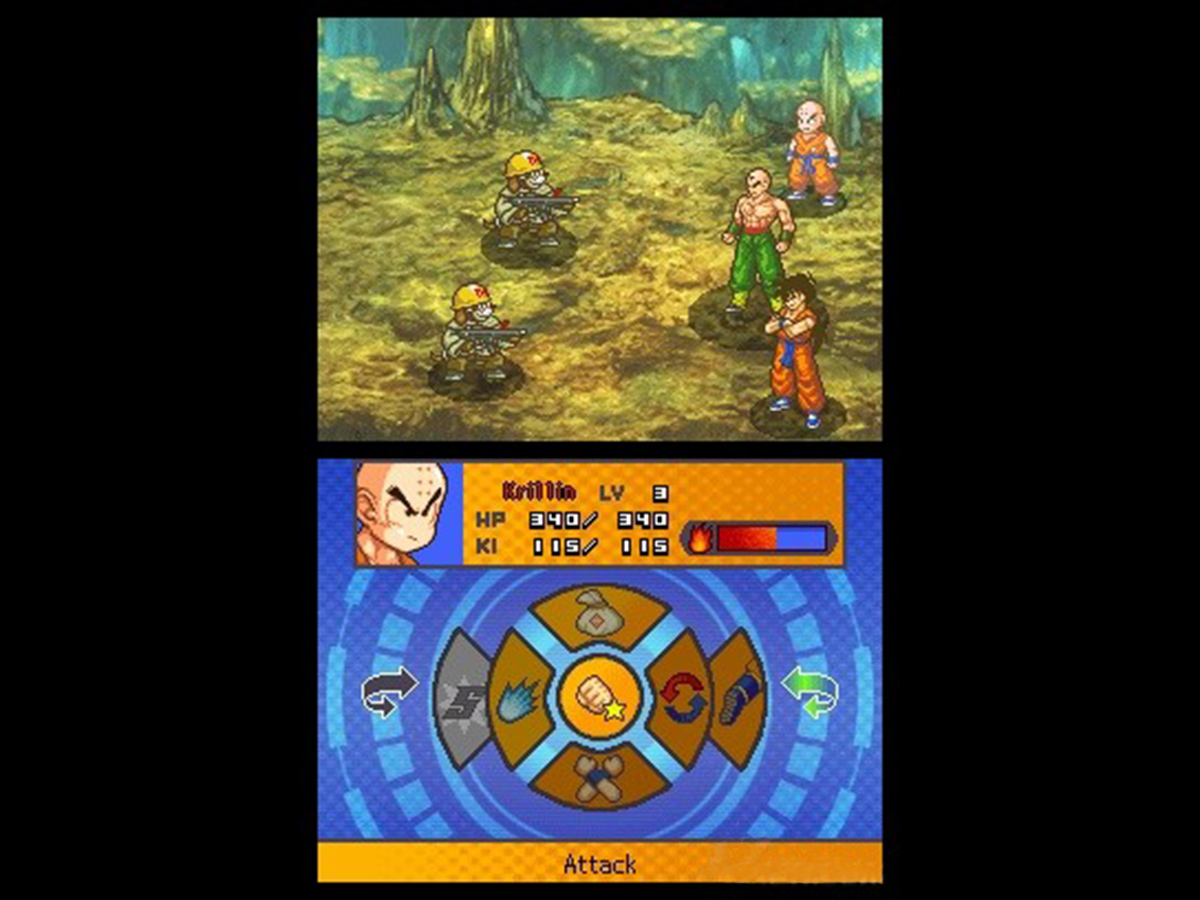
Dragon Ball Z: Attack of the Saiyans (DS; 2009)
"Dragon Ball Z" and "turn-based RPG" are probably not terms that your brain conjures up together, but why not? DBZ has a large cast of bickering, colorful characters, all of whom possess different abilities and team up to fight a greater evil. Dragon Ball Z: Attack of the Saiyans covers the Saiyan Saga, and lets you create a party from six different characters to ultimately defeat Vegeta and save the world. As you fight, you'll upgrade your skills, and there are plenty of optional side quests to further enhance your characters. The game has quite a pedigree, too; developer Monolith Soft also created the Xenoblade series.
Credit: Bandai
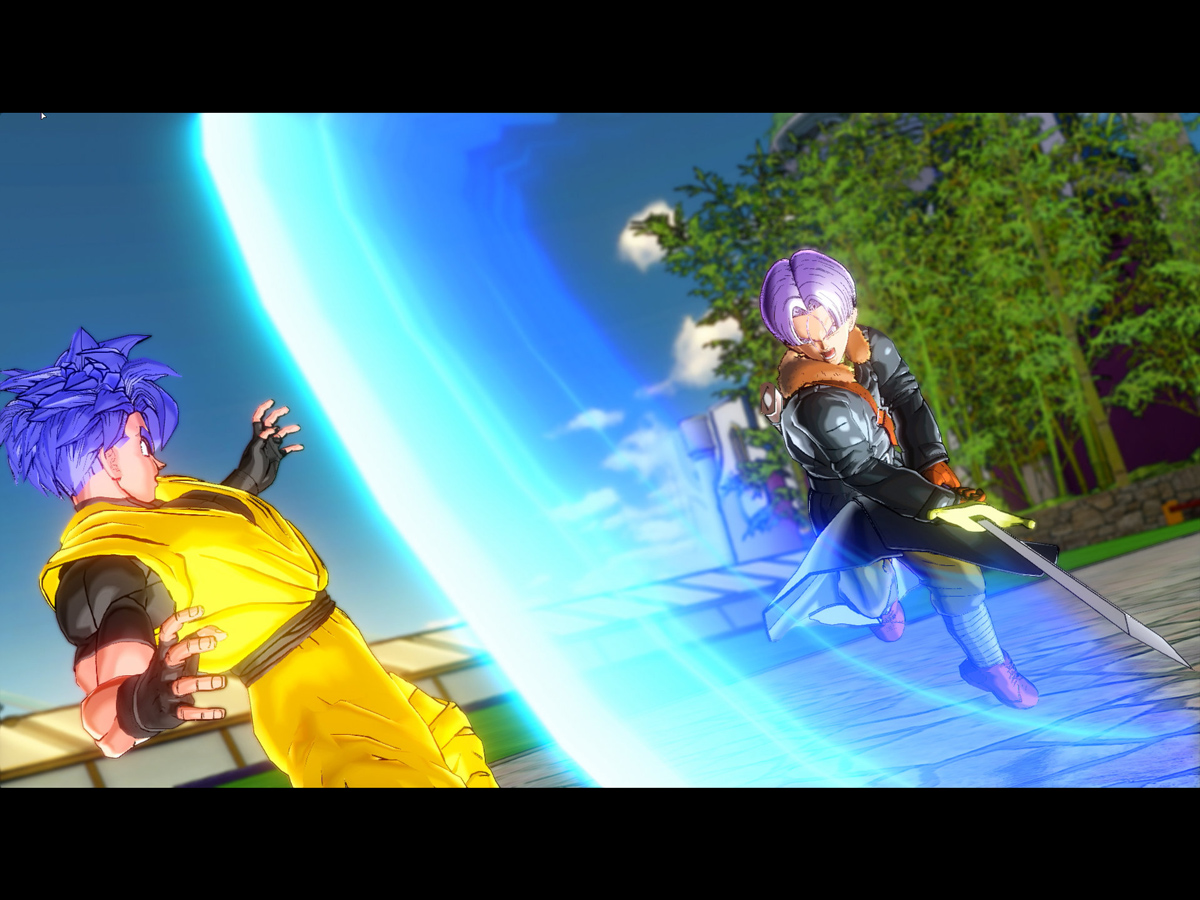
Dragon Ball Xenoverse (PC, PS4, Xbox One; 2015)
Dragon Ball Xenoverse exists to validate your middle-school self-insert DBZ fanfic — and that's OK. In the game, you create a Time Patroller, then set off into the timestream to relive famous battles from the DBZ mythos. There's a perfunctory story about how some villain or other is trying to rewrite history, but the real draw here is the ability to customize your very own Human, Saiyan, Namekian, Majin or Frieza Race character and then level him or her up over time with new abilities and equipment. The game is surprisingly long and deep, and the fighting system balances both twitch reflexes and character building.
Credit: Bandai
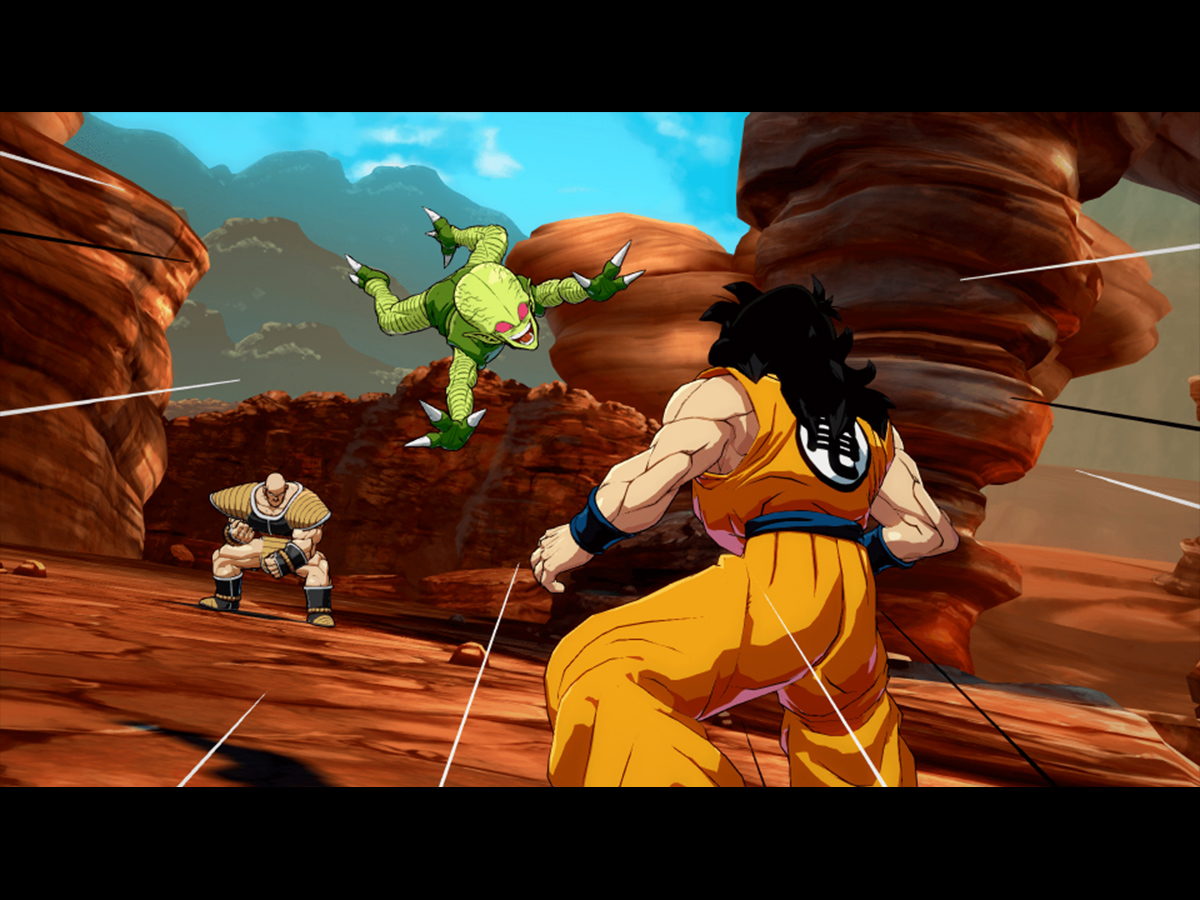
Dragon Ball FighterZ (PC, PS4, Xbox One; 2018)
From the teams that brought you Guilty Gear and BlazBlue,Dragon Ball FighterZ is the first Dragon Ball game in years that attempts to be a serious tournament fighter — and what's more amazing is that it really works. FighterZ combines blazing-fast frame rates with silky-smooth animation to bring you a game that looks almost exactly like the anime that inspired it. On top of that, you can play as more than 20 characters in a totally original story and unlock a ton of cosmetic items to trick out your online profile. Expect this one to make a big splash in the competitive fighting game scene.
Credit: Bandai

Marshall Honorof is a senior editor for Tom's Guide, overseeing the site's coverage of gaming hardware and software. He comes from a science writing background, having studied paleomammalogy, biological anthropology, and the history of science and technology. After hours, you can find him practicing taekwondo or doing deep dives on classic sci-fi.
Source: https://www.tomsguide.com/us/pictures-story/1403-best-dragon-ball-games.html